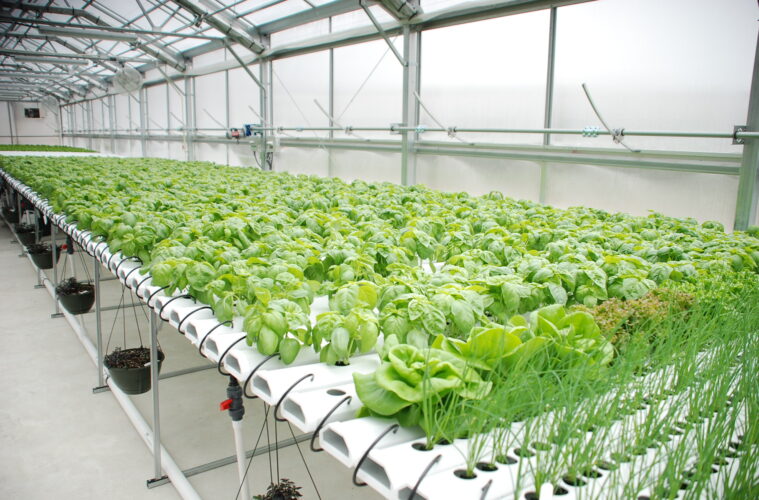Imagine for a moment a lush, green garden where plants flourish in abundance. Now picture this verdant oasis not outside under the rays of the sun, but snugly nestled indoors, bathing in the glow of artificial light. The plants don’t grow in soil but in water, thriving within a futuristic farming system that seems plucked right out of a sci-fi movie. Welcome to the world of Hydroponic Systems! This cutting-edge gardening method is transforming how we grow everything from tomatoes to tulips without dirtying our hands with earth. Be prepared to learn about the Herculean powers of water – it’s more than just hydration! With hydroponics, you’re not only challenging general horticultural conventions but challenging gravity itself! Dive into this sea of potentiality where traditional agriculture takes an unexpected twist.
Understanding Hydroponics
Hydroponics is a technique of growing plants without soil, using nutrient-rich water instead. Hydroponic systems have revolutionized the way we cultivate plants by providing a more efficient and sustainable way of farming. This method has been gaining popularity among farmers and hobbyists alike, as it offers greater yields in less time while reducing the need for space, water, and even pesticides. Let’s delve into some essential aspects of hydroponics and understand how it works.
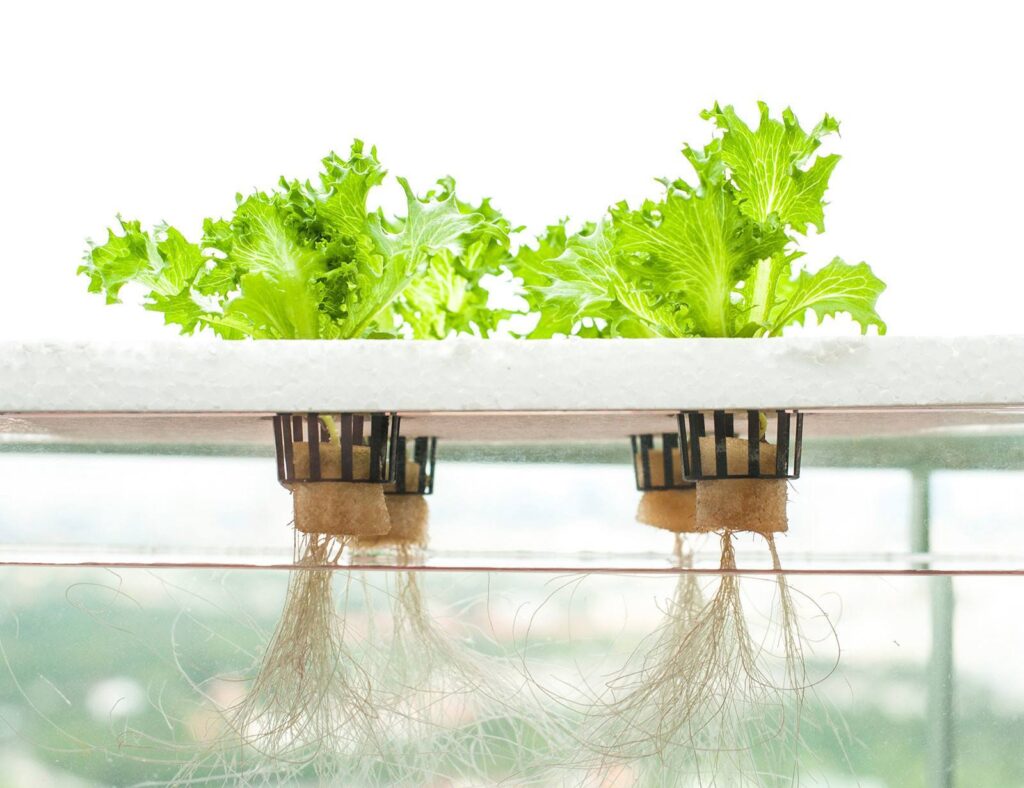
source: pinterest.com
To understand hydroponics’ basic principles, imagine taking a cutting from your favorite plant and placing it into a glass jar filled with water instead of soil. The plant would readily grow roots that reach out to take in the nutrients from the water directly, without any soil medium. That’s exactly what hydroponic growers do – except on a larger scale.
Unlike traditional farming methods that rely on fertile soil to provide a plant’s nutrients, hydroponics provides a well-balanced nutritional solution designed to meet the specific needs of each crop. Nutrients such as nitrogen, potassium, phosphorus, magnesium, calcium, and many others are dissolved in water at precise concentrations. They’re readily available to plants’ roots whenever they need them.
The growth and health of any plant rely on several key factors such as light, temperature, humidity levels, air quality, pH balance of the nutrient solution, and proper root support (depending on the chosen system). Hydroponic growers can tailor each one of these factors to suit their crops perfectly. The result is faster growth rates, higher yields than what you’d get from traditional methods, precision in growing requirements for each crop type while eliminating guesswork or trial-and-error farming practices.
Hydroponics can be compared to a “supercharged” version of traditional farming that’s been fine-tuned to meet modern challenges of producing food sustainably. By using hydroponics systems, it is possible to grow crops with much less water than conventional methods while drastically reducing the amount of space required per plant.
Now that we have a basic understanding of what hydroponics is let’s take a look at the principles and mechanisms behind hydroponic growing systems and how they work.
- According to research, the global hydroponics market is expected to grow at a CAGR of 6.39% from 2019 to 2025, reaching a value of $16.09 billion by 2025.
- Hydroponics can increase crop yields by up to 10 times compared to traditional soil-based agriculture in the same amount of space.
- Studies shows that hydroponic systems use approximately 90% less water than traditional farming methods, making it an incredibly water-efficient agricultural method.
Principles and Mechanism of Hydroponics
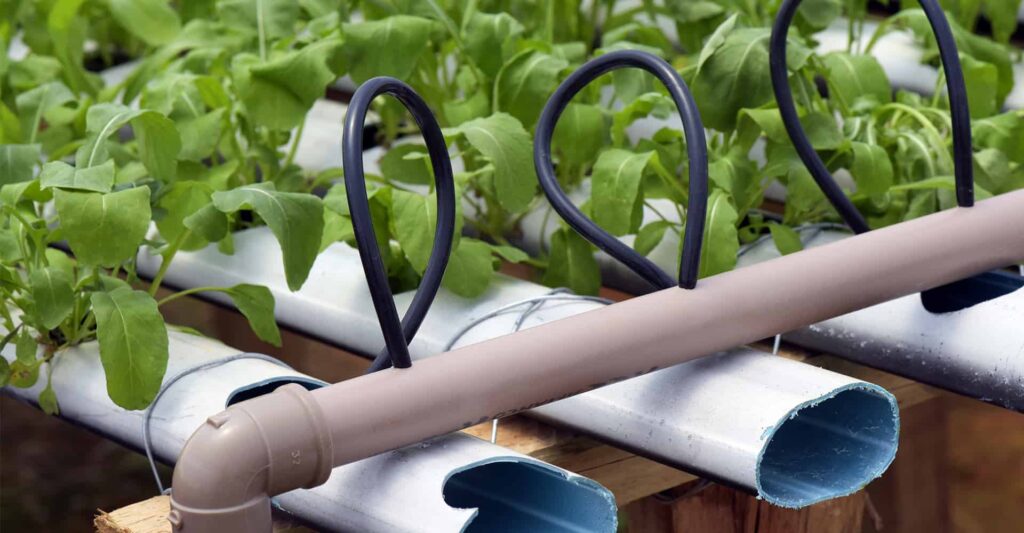
source: pinterest.com
Hydroponic systems provide an alternative way of growing plants that doesn’t rely on soil for plant growth. These systems work by directly delivering hydration and nutrients to the roots, bypassing the soil’s microbial ecosystem that would naturally supply these elements in traditional methods.
In a hydroponic system, plants sit in a rooting medium or are suspended in flowing water with an oxygen mixture. The roots can take in oxygen, nutrients, and water without having to compete with other plants’ roots for resources as would be the case for traditional farming methods. Usually you’ll be using specialized hydroponic pots for all of your plants.
A key principle behind hydroponics is that it focuses entirely on controlling all factors that influence plant growth. This means that hydroponic growers can control many variables such as temperature, lighting conditions, nutrient levels, pH levels, and airflow to create near-ideal conditions for plant growth. Such precise control allows farmers to achieve rapid growth rates while maintaining high yields throughout the year.
Another vital mechanism in hydroponic systems is air circulation in the root zone. Root zone aeration helps distribute oxygen throughout the system needful for plant respiration while also preventing stagnation that may cause waterborne diseases leading to root rot. Hence, various types of equipment like pumps, air stones are used to maintain adequate air exchange within your hydroponic system.
That said, it is often suggested that hydroponics could compromise produce taste compared to traditional farms. It’s been argued that soil-grown plants have more robust and complex flavors as they take up natural nutrients in the soil. While that may be true to a certain extent, hydroponic growers use carefully calibrated nutrient mixtures designed to replicate natural plant nutrition, resulting in produce that meets or even surpasses the taste of traditional farming methods.
With an understanding of the fundamental principles behind hydroponic systems, let’s take a closer look at different types of hydroponic systems and components used in their construction.
- Hydroponic systems provide a controlled and efficient way of growing plants by bypassing the soil and supplying nutrients directly to the roots. These systems allow for precision in controlling environmental variables, resulting in fast growth rates and high yields. Proper air circulation in the root zone is essential to maintain plant respiration and prevent waterborne diseases. While concerns have been raised about the taste of produce grown hydroponically, carefully calibrated nutrient mixtures can result in produce that meets or exceeds traditional farming methods. Overall, exploring the different types of hydroponic systems and components used can lead to an alternative and productive way of growing plants.
Types and Components of Hydroponic Systems
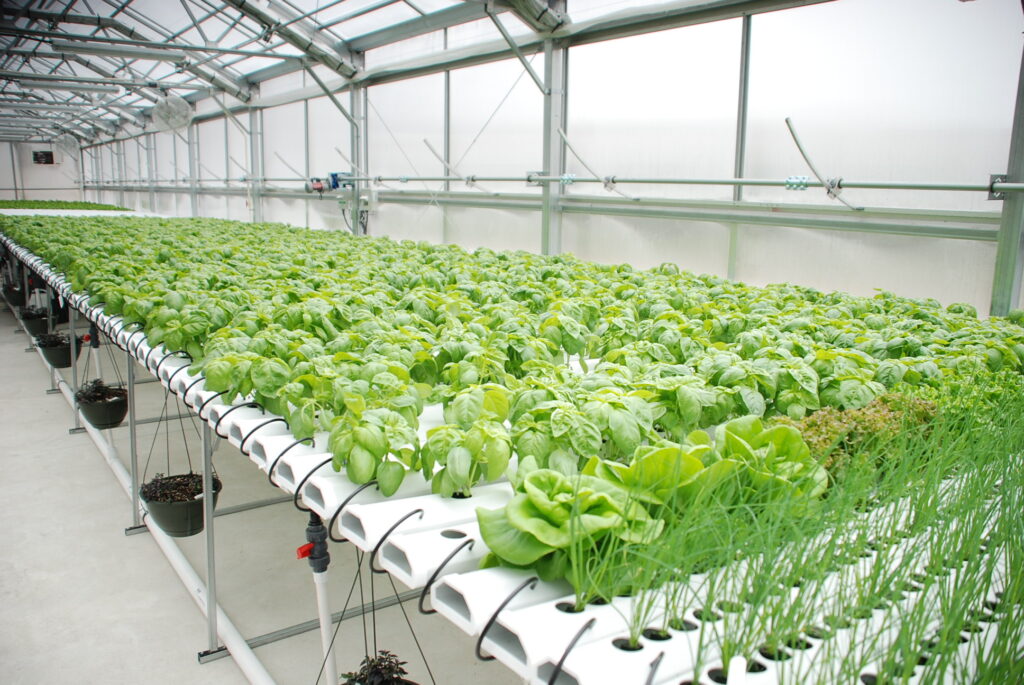
source: pinterest.com
There are various types of hydroponic systems, each with its strengths and weaknesses. Depending on the size, crop type, and environmental conditions, one may choose a particular hydroponic system over others.
First off, let’s look at the Nutrient Film Technique (NFT) system. This method involves growing plants in a very shallow stream of nutrient-rich water that passes over the plant roots before draining back into the main reservoir. NFT is popular among commercial growers with limited space since it requires smaller amounts of water to run compared to other systems.
Another popular hydroponic system is Deep Water Culture (DWC), which is simple to set up and use. In DWC, a plant’s roots are suspended in water with an air stone providing oxygen for the roots. This approach has been known to provide some of the highest yields among all hydroponic systems.
Ebb and Flow is another type of hydroponic system that uses controlled flood-and-drain cycles to deliver nutrients to plant roots while also providing access to oxygen. The cycle times can be adjusted based on crop type. Growers often use Ebb and Flow for large plants since they require more root space.
Aeroponics is a unique hydroponic system that allows plants’ roots to hang in the air while being sprayed with nutrient solution using misters or sprayers. Since aeroponic system provides excellent aeration and hydration, this makes it possible for the plant to grow several times quicker than traditional farming systems.
Finally, Drip Irrigation is a very familiar hydroponic system used in small-scale setups in urban landscapes or home gardening suitable for crops such as tomatoes, cucumbers or strawberries. With drip irrigation, water emits from tubes directly above the plants’ base allowing for consistent flow rate and volume control per plant.
An example of how hydroponic systems can be used is demonstrated by one farmer in California who harvests more than 25,000 plants per week using DWC hydroponic system. His setup involves piping water from a storage tank across deep channels containing pots of plants whose roots suspend in the water.
Another advantage of hydroponics is that it allows growers to lower their water and nutrient consumption while providing a controlled environment where there is no need for soil. This method of farming provides excellent opportunities to increase yield since farmers do not have to worry about dealing with pests, weeds, and other harmful elements that come with conventional agriculture.
Some argue that hydroponic systems are unsustainable since they require energy for pumps and artificial light. However, this argument is only true if the energy comes from non-renewable resources such as coal-fired power plants rather than renewables such as solar and wind. Also, the amount of water saved and yield increased using hydroponic systems significantly outweighs any negative aspects.
Think of hydroponic systems like a car; just as automobiles make driving more comfortable and convenient for people, hydroponics makes it easier to grow plants without soil. Just as different types of vehicles exist for various purposes – sporty cars for speed enthusiasts, SUVs for families needing plenty of space, etc., different types of hydroponic systems exist to cater to specific growing conditions.
Advantages and Challenges of Hydroponics
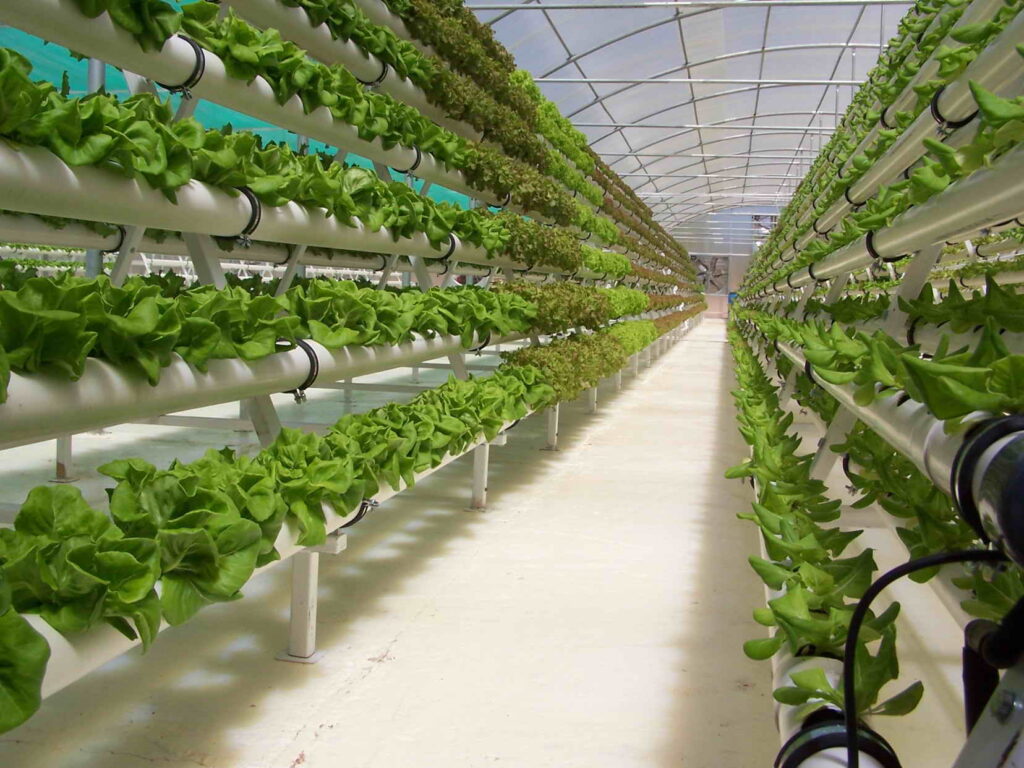
source: pinterest.com
Hydroponics has become increasingly popular in recent years due to its advantages over traditional soil-based agriculture. These advantages include higher yields, faster growth, and less water usage. However, like any technology, hydroponics also comes with its own set of challenges.
One of the major advantages of hydroponics is that it allows for higher yields compared to traditional agriculture. For example, studies have shown that hydroponic lettuce can yield up to 20 times more than lettuce grown in soil. This is because plants grown in a hydroponic system receive all their necessary nutrients directly from the nutrient-rich water solution, resulting in optimal growth conditions.
Another advantage of hydroponics is that it uses less water compared to traditional agriculture. In fact, hydroponic systems use up to 90% less water than soil-based systems due to the recirculation and filtration of the nutrient-rich water solution. This makes hydroponics a potentially more sustainable method for producing crops given the increasing global concern around water scarcity.
However, one challenge with hydroponics is that it requires an initial investment in equipment and infrastructure to set up a system. This can be a barrier for small-scale farmers or hobbyists who do not have access to large amounts of capital or space. Additionally, maintaining proper nutrient levels in the water solution is vital for the health of plants in a hydroponic system. It requires close monitoring and adjustments of pH levels and nutrient concentrations.
Think about a fish tank – while it may seem easy to start one at first glance, there are specific requirements needed such as water pH level control and filtration. Hydroponic systems can be similar since they require precise monitoring and tracking.
While there are some challenges associated with hydroponics, it’s clear that the advantages outweigh them.

